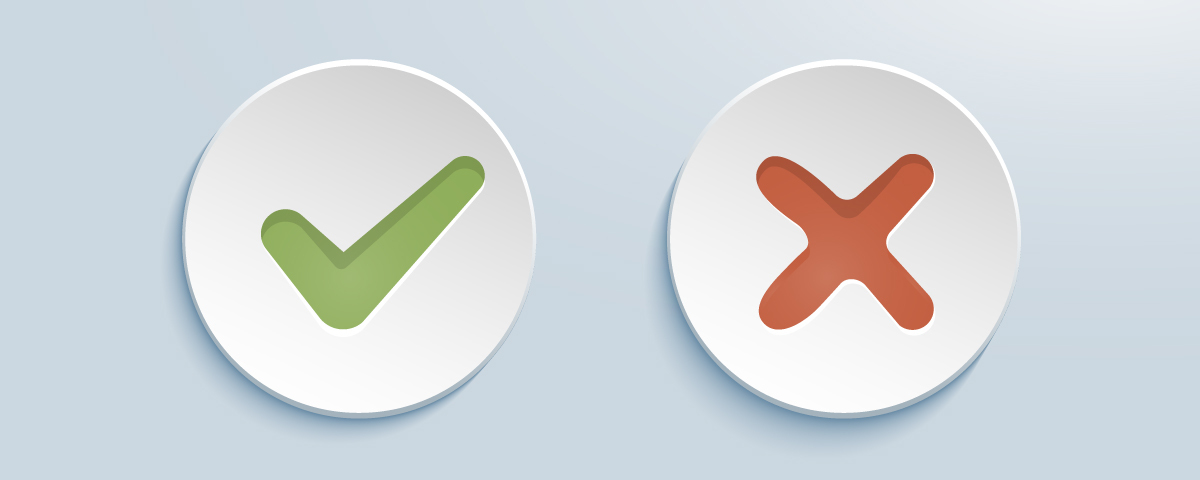Senior Writer: Paras Kela
When done right, call monitoring can help gauge your agent’s performance and improve it over time. 64% of businesses rely on call monitoring to record customer feedback and improve their support agent’s efficiency.
If you monitor calls in your call center system, this article is for you. In this article, you will learn the ten best ways to improve your call quality monitoring. Let’s get started.
10 Ways To Improve Call Center Quality Assurance
1. Define Quality Customer Interaction
One of the primary reasons for call quality monitoring is to identify the calls that fail to meet call centers’ predefined standards and get to their root cause.
Thus, define what a quality customer interaction is and make your agents understand it. This will help your support representatives better understand and align with your business goals.
This also enables you to make informed decisions to improve your processes. For example, you can implement new training and coaching programs for agents to reflect customer interaction best practices and correct broken internal procedures.
2. Create A Call Monitoring Form
Once you have defined what a quality customer interaction is, it’s time to create monitoring forms for scoring and training your agents.

Here are a few things that you can include in your call monitoring form.
Beginning of the call
- Did the agent greet the customer at the beginning of the call?
- Did the agent share his/her name or employee id?
- Did the agent build rapport with the customer?
During the call
- Did the agent spend time understanding the customer’s problem?
- Did the agent show empathy to the customer?
- Was the agent’s tone appropriate?
- When putting the call on hold, did the agent take the customer’s permission?
- Did the agent apologize for the issue or the inconvenience caused?
- Did the agent ask the right questions to better understand the issue?
At the end of the call
- Was the caller’s issue addressed? Or did the agent inform the customer about the estimated timeline required to resolve the problem?
- Did the agent provide a reference number to the customer for future reference?
- Did the agent follow all the call handling best practices?
- Did the agent greet the customer before disconnecting the call?
Here is a template for the quality monitoring form for call centers: Open Form
3. Involve Agents In Quality Monitoring Form
When your whole team understands what you are looking for during the call quality monitoring process, they are more likely to adjust their behavior accordingly.
For example, define the subcategories that are being evaluated, such as:
- Whether handling time matters in call quality monitoring
- Importance of script adherence
- Importance of asking the right questions to the customer

Additionally, allow agents to share their views on the call quality monitoring form. What are the things they believe should be present in the form? Is there anything they think should be removed? If yes, why?
Doing so will increase engagement from your employees’ side and motivate them to give their best in every call.
4. Create A Team To Measure Call Quality
The next step is to build a team to monitor call quality. As a manager, it could be challenging to hear all the incoming or outgoing calls. Having a team to do so can make your task easier and ensure that 100% of the calls are monitored.
Your team should consist of senior agents who have a good understanding of customer service. Since these people know your company and customers inside out, they will be better able to form an opinion based on call monitoring.
You can also consider hiring a third-party team for call center quality assurance. They have extensive experience in measuring call quality and can provide an unbiased analysis.
5. Focus More On The Outliers
Though it is essential to monitor as many calls as possible, it is recommended to focus more on the outliers. It includes the top and bottom performers.
The primary benefit of focusing more on the outliers is that it provides insights into the best practices that can drive the results. It also gives an understanding of things that the agent must not say to the customer. Both of which can be used as examples when training your agents.

Besides, when you focus more on the bottom performers, you can coach them better and move them to the average category quickly.
6. Reward Best Practices
When monitoring calls for quality assurance, it is easy to dwell on the mistakes and shortcomings. These are essential when giving feedback to your agents. However, focusing solely on the negatives can hurt your team’s success in the long run.
Therefore, before discussing the areas of improvement, look for the positives, and praise the agent for them. This will make the representative more open to constructive feedback and increase the chances of them working towards it seriously.

You could also consider rewarding your agents for high-quality work through certificates or by highlighting it in your company newsletter. This way, you can balance the good with the bad while allowing your agents to improve.
7. Save Both The Good And Bad Calls As Future Examples
Not all calls and callers are the same. Your agents might come across happy customers, frustrated callers, the mistaken customer, etc. in a day. And, your representatives must know how to handle each of them in a way that most (if not all) customers end the call satisfied.
When monitoring calls for quality assurance, save both the good and bad phone calls for future reference. You can then use these recordings to train your agents on how to handle different types of customers.
When explaining why a call is good or bad, highlight the agent’s specific choices and how they affected the customer experience.
When sharing examples of bad calls, avoid mentioning the agent’s name who handled them. If not, you will likely demotivate the representative and embarrass them.
8. Provide Feedback And Training To Agents Based On Their Performance
Once you have monitored a good number of calls, it’s time to give feedback and coaching to agents based on their performance. It can be done in group sessions, where agents contribute to the discussion.
Here are a few scenarios that you might encounter:
- Did the agent follow all the call handling best practices? Encourage them to continue doing so
- Was the agent not able to solve the customers’ problem? Determine why and train them on how to do it. This will help them handle calls better the next time
- Did the agent forget to take permission before keeping the customer on hold? Even if it happened once, it is essential to remind them to ask for the customer’s permission before putting them on hold
- If the caller’s problem wasn’t solved the first time he/she called, did the agent follow up with them? If no, why?
- Was the agent able to handle frustrated customers? If yes, what did they do right? Share it with all your team members, so they know how you expect them to handle angry customers
9. Hear The Agent’s Side In In-Person Feedback Sessions
Once you have finished call monitoring, evaluated the call monitoring form, and conducted group sessions, hold one-on-one meetings with the agents to provide feedback. Group sessions are not enough alone as agents might misinterpret what you are saying or require further explanation.
That’s where you should highlight the calls that went wrong and what they should have done instead. At the same time, hear the agent’s side on why they did what they did.
Doing so will help you understand the representative’s thinking about your business, product, or call handling best practices.

For example, if an agent passed on the wrong information about your product to the customer, you might want to know where the representative got the information. Because the chances are more agents are misinformed and might pass the same wrong information to customers.
Therefore, it’s better to hold in-person reviews to give agents the chance to open up and share their views.
10. Assess The Effectiveness Of Your Training Programs
Lastly, use call quality monitoring to assess the effectiveness of your training programs. Verify whether the points taught in the coaching sessions are put into practice. It will also help you find loopholes in your current training programs.
You can then conduct special coaching sessions where you bridge the knowledge gap in your existing employees. For new agents, you should tweak the training program to cover these loopholes.
Wrapping Up
Call quality monitoring helps improve your call center’s overall performance and efficiency. However, having a call quality monitoring process in place is half the battle.
If you want to get the most out of your efforts and generate better results, it’s essential to focus on improving your monitoring practices as much as you can. The ten tips mentioned above can help you enhance your call quality monitoring and provide the best possible customer service.
Did we miss any important tips to improve call quality monitoring? How do you make use of call monitoring? Let us know in the comments.






